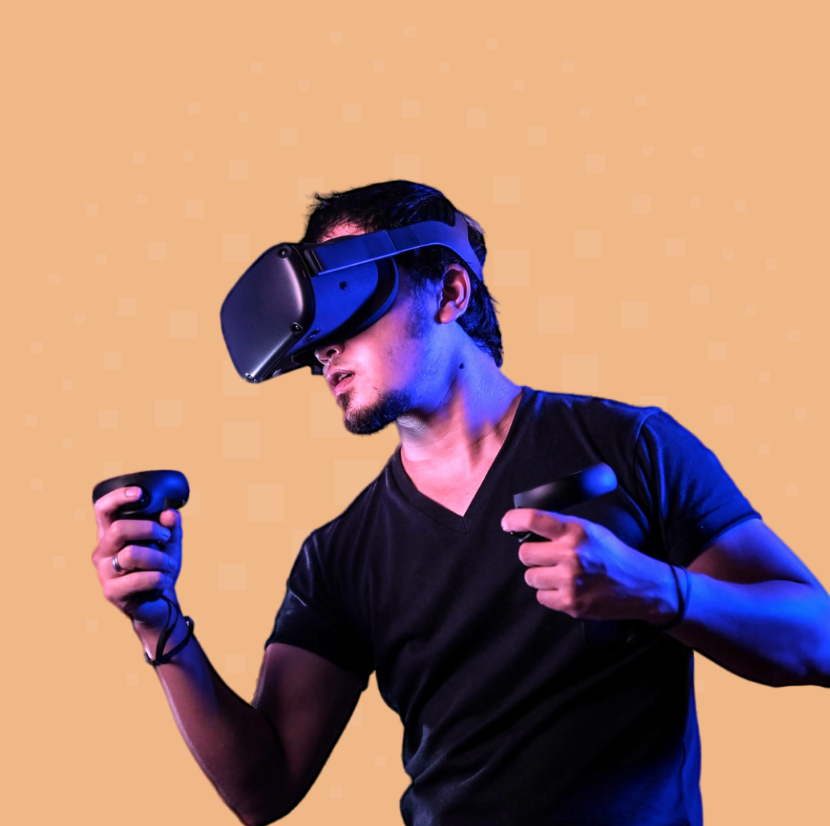Revolutionizing Beauty: L'Oréal's XR Experiences Shaping the Future of Consumer Engagement
In a world driven by technological innovation, the beauty industry has not lagged behind in adopting cutting-edge solutions to enhance customer...
Tonic3 develops and executes strategies that drive profit through Digital Transformation. Practically that means we are built to help clients hone the right strategy, implement the right technology, and build the right long-term capabilities to deliver lasting transformation.
Industries
We believe that effective technology helps people succeed in their daily lives. So we help our clients engineer useful technology for their clients, partners, and employees. That translates to every major industry, but over the years we’ve developed several core areas of expertise.

Augmented Reality (AR) filters have become a popular trend in social media platforms like Instagram, Snapchat, and TikTok. AR filters are digital overlays that can be added to images or videos, creating a unique and interactive experience for users. These filters have the potential to enhance user engagement by making content more entertaining, interactive, educational, and personalized.
Augmented reality (AR) is an interactive experience that combines the real world and computer-generated content. The content can span multiple sensory modalities, including visual, auditory, haptic, somatosensory and olfactory.
AR can be defined as a system that incorporates three basic features: a combination of real and virtual worlds, real-time interaction, and accurate 3D registration of virtual and real objects.
The primary value of augmented reality is the manner in which components of the digital world blend into a person's perception of the real world, not as a simple display of data, but through the integration of immersive sensations, which are perceived as natural parts of an environment.
Augmented reality is used to enhance natural environments or situations and offer perceptually enriched experiences. With the help of advanced AR technologies (e.g. adding computer vision, incorporating AR cameras into smartphone applications and object recognition), the information about the surrounding real world of the user becomes interactive and digitally manipulated.
One of the main benefits of AR filters is that they create a unique and entertaining experience for users. By using AR filters, users can add a personal touch to their content, making it more engaging and shareable. These filters can be used to transform images and videos into something that stands out and captures attention.
The interactive nature of AR filters is another reason why they are effective in increasing engagement. Users can engage with these filters by swiping, tapping, and moving the camera around. This interaction leads to increased engagement and time spent on the app, which is a win for both the user and the platform. For example, Snapchat's popular dog filter allows users to open their mouth and watch the tongue wag, creating a fun and entertaining experience.
AR filters also have the potential to go viral. When a user posts a video or image using a popular filter, it can quickly spread across the platform as other users share and repost it. This viral nature creates a sense of community and encourages users to engage with each other.
In addition to being entertaining, AR filters can also be educational. Filters can be used to teach users about a product or service in a fun and interactive way. For example, a makeup brand might create a filter that allows users to see what a certain shade of lipstick would look like on them before they buy it. Similarly, a fashion brand could create a filter that lets users try on virtual clothes, making it easier for them to visualize how they would look in different outfits.
Finally, AR filters allow brands and influencers to create a personalized experience for their followers. By creating a branded AR filter, brands can engage with their audience in a unique and memorable way. This can lead to increased brand awareness, engagement, and ultimately, sales. For example, a fast-food chain could create a filter that puts a virtual burger or fries in the user's hand, making them more likely to crave the product and visit the restaurant.
AR filters have become an essential part of social media marketing because of their ability to enhance user engagement. As AR technology continues to evolve, we can expect to see even more creative and engaging filters in the future. The potential applications for AR filters are endless, and brands and influencers who embrace this technology will be able to connect with their audience in new and exciting ways. Overall, AR filters are a powerful tool for creating unique and interactive experiences that capture the attention of users and encourage them to engage with content in meaningful ways.
Are you ready to take your user experience to the next level? Let’s talk!
In a world driven by technological innovation, the beauty industry has not lagged behind in adopting cutting-edge solutions to enhance customer...
Innovate Customer Experience with XR Understanding and adapting to customer needs and emerging technologies is key to elevating your institution from...

The rise of augmented reality (AR) and virtual reality (VR) has led to a new marketing opportunity—the metaverse. The metaverse is a virtual world...